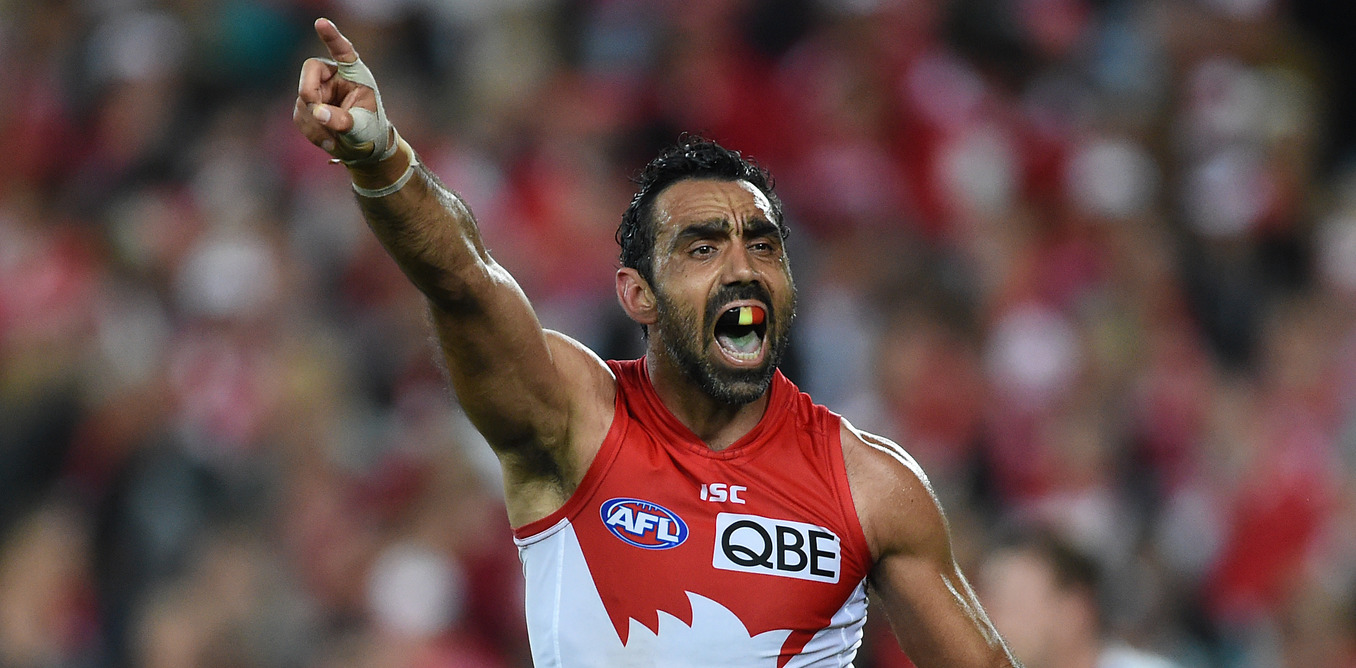Sport, we’re told, lies at the heart of what it means to be Australian. But what in reality does this mean? The Conversation, in partnership with Griffith Review, is publishing a series of essays exploring the role and place of sport in Australian life: how players, administrators, coaches and spectators are adjusting to new societal expectations around behaviour, gender, race, violence, corruption, transparency, governance and many other concerns.
The beguiling promise of sport is that everyone is treated equally: that it transcends politics through meritocracy. Fair play and a level playing field remain catchwords. Yet who determines whether the play is fair? Is the playing field really fair? And on whose land do the playing fields rest?
The answers to these questions point not only to the limits of Australian sporting meritocracy, but also to the underlying racism in, and whiteness of, Australian sport. While the dominant narratives of sport celebrate the diversity of those who play and watch sport, those in charge tend to be white, straight-identifying men.
These men do not, as a rule, ask questions as to how to diversify decision-making and resource allocation within sports. Or of what it means that their arenas and fields rest on lands belonging to Aboriginal and Torres Strait Islander peoples who did not consent to British takeover and rule. Instead, these men regulate and police the conduct of athletes and teams, patrolling and constraining sporting spaces in their efforts to maximise profits.
This situation is indicative of “whiteness” – a theoretical term that refers to a set of political, social and economic values that emerged from industrial Europe.

